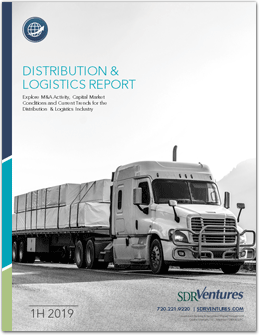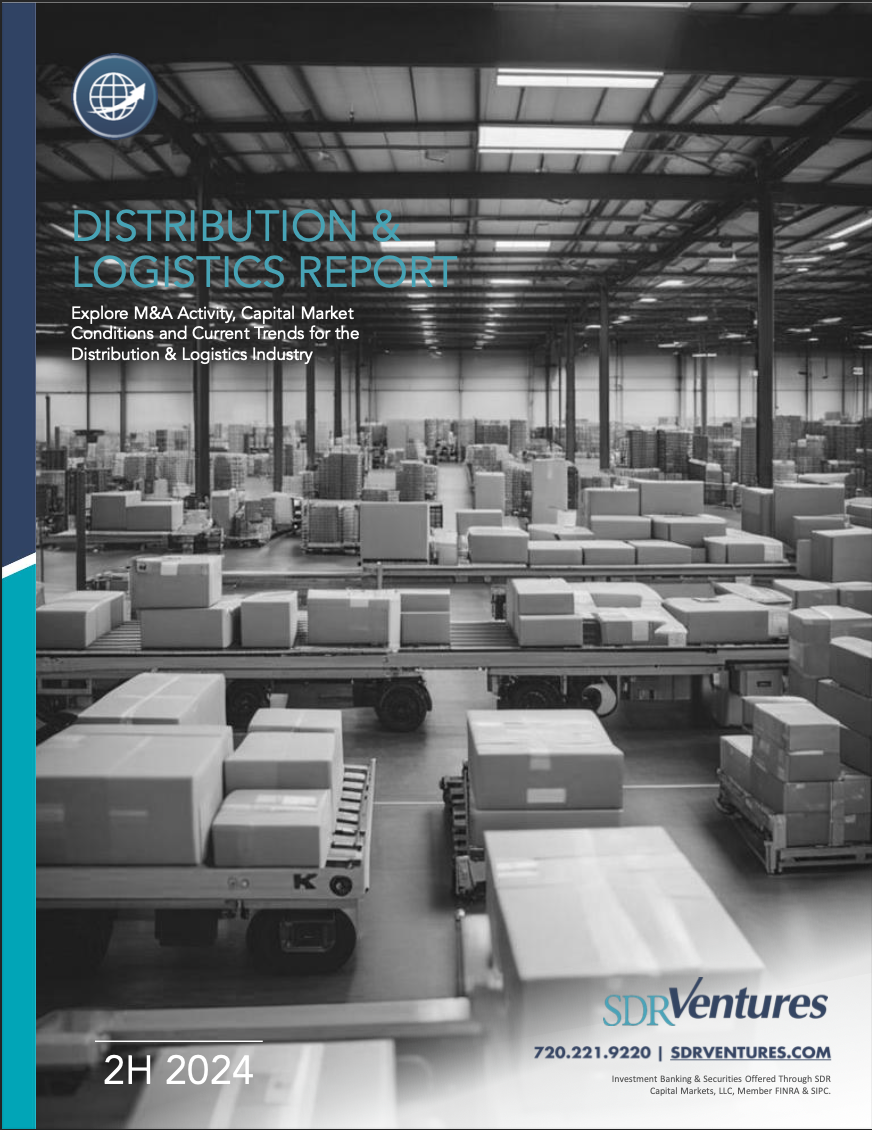2H 2024 Distribution & Logistics M&A Report
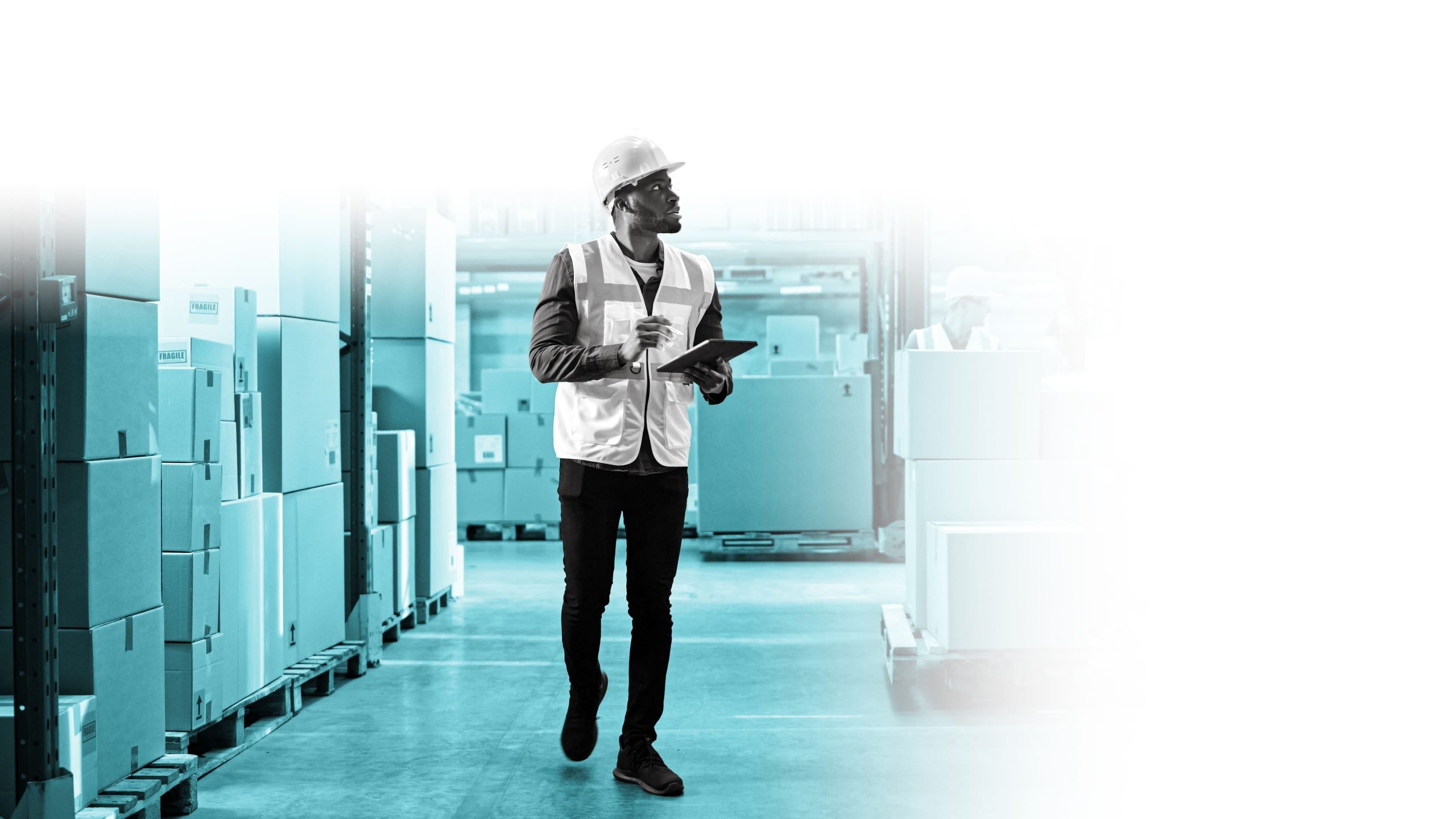
The 2024 U.S. election certainly altered the country’s political direction, but it may also be shaking up the country’s commercial relationship with the world, and that adds up to a potentially seismic upheaval in distribution and logistics. American business – and foreign manufacturers – spent a good part of Q4 2024 pondering the changes, and at the end of the year we were watching some already adjusting with a flurry of imports and manufacturing investments inside the country to avoid potential import...
Previous Distribution & Logistics Reports
If anyone thought the post-COVID supply chain snarls were wrapped up and the distribution, logistics, and supply chain world would return to “normal,” they were probably wrong. True, the pandemic delivered some pretty remarkable surprises with national lockdowns jamming both raw materials and finished goods deliveries. But the world post-COVID continues to throw curves at the sector, some environmental, some man made, and some just weird. Never mind. When a sector can’t change the world around it, it adapts…
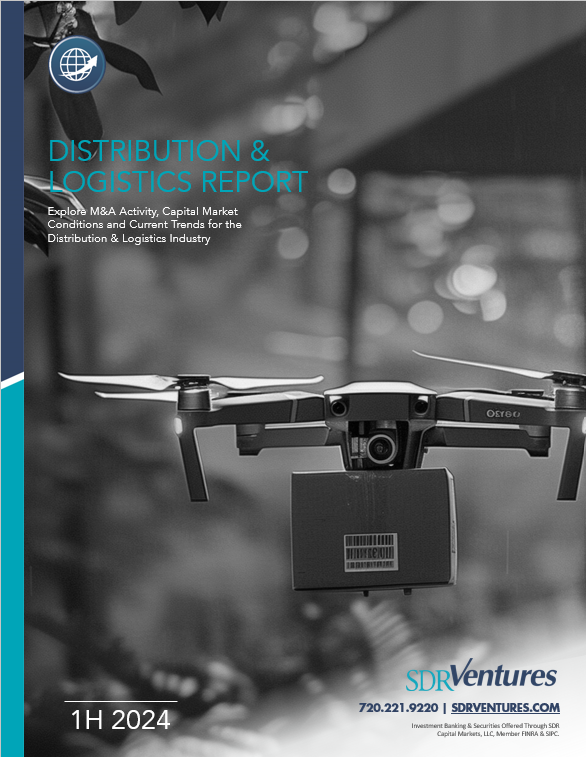
In 2H23, the distribution and logistics sector saw a distinct focus on carbon emissions, carbon regulations, and the drive to carbon neutrality. As the transport, warehousing, and distribution fields adapt to tightening government regulations – and maybe even reap some financial rewards – we are seeing an increased demand for innovation. And we believe that means opportunity for those who invest wisely and act swiftly.
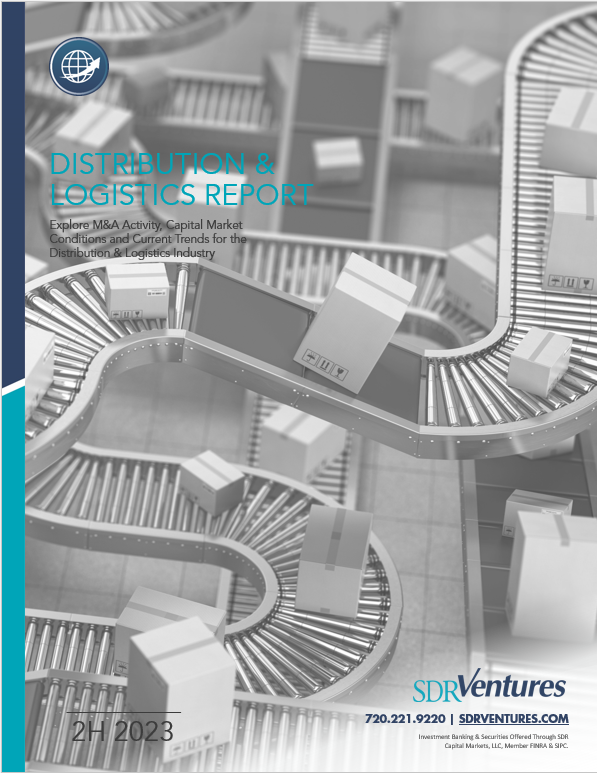
Perhaps more than any sector, Distribution and Logistics has been on a wild ride since the beginning of the COVID-19 pandemic. We saw a spike in consumer demand, as customers raced to stock up on home office supplies and things to play with while stuck in their homes. We then saw the massive supply chain snarl as ports around the globe closed. At that point, there was a complete reconsideration of how wise “Just In Time” delivery was. Now, as people go back to their lives and seek out experiences instead of stuff, there’s a return to earth with some companies cutting back and others seeing normalized profits instead of the windfalls over recent years.
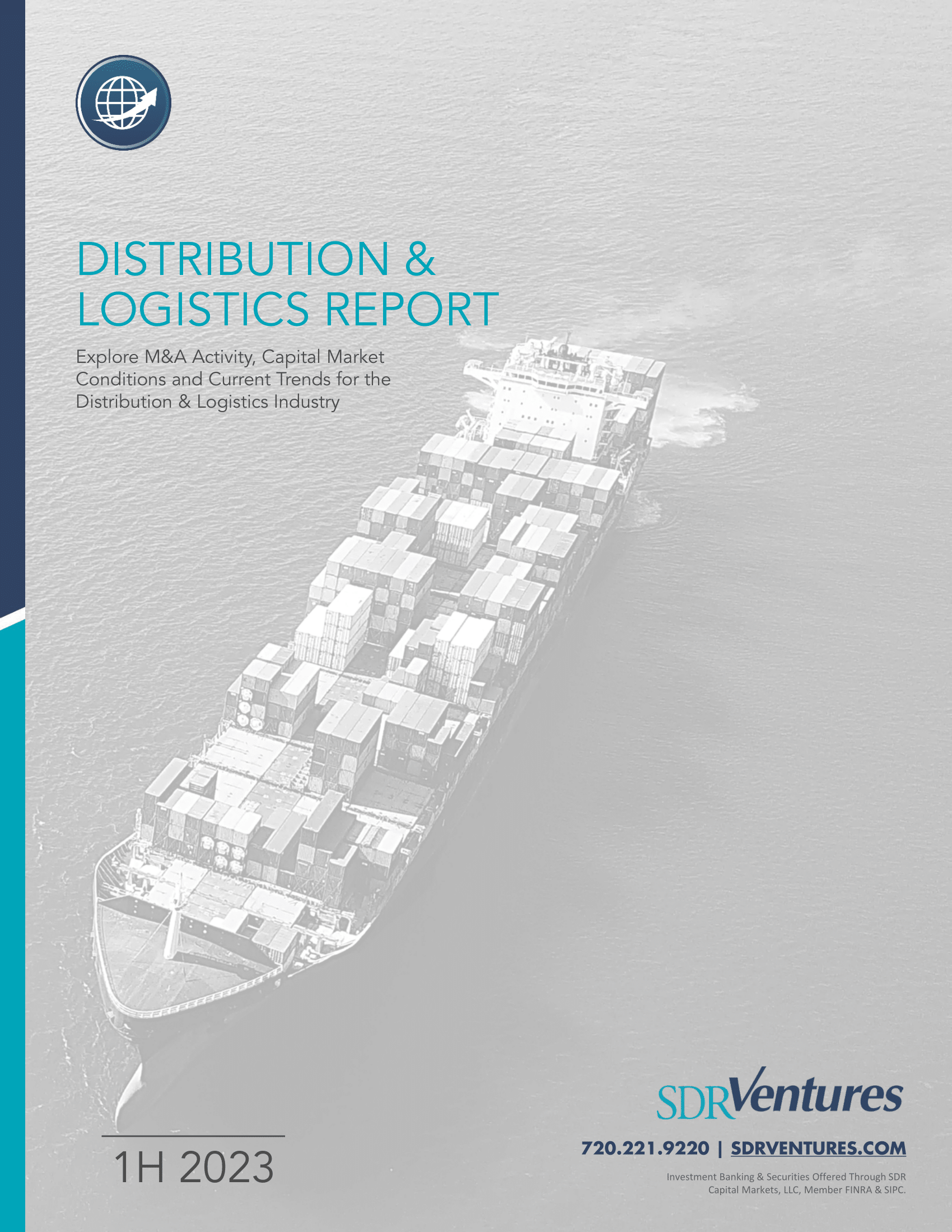
If 2021 was the year of a supply chain disruption so bad even the White House noticed, maybe 2H22 will be remembered as the period when things got back to normal. Not the “old normal” of just-in-time delivery, but a new normal built on diversified supply chains, automation, and broader distribution options. Just as the 1956 introduction of the standardized shipping container revolutionized distribution, the past years’ global shipping shock may have created a sea of change. Without realizing it, we may be witnessing a revolution unfold. As with any period of great change, good things may fall to those who get ahead of the curve.

Hooking up suppliers to customers shouldn’t be this hard, should it? If you bought it, a truck brought it. But the supply chain woes of 2021 not only carried into 1H22, they are being exacerbated by inflation, wage pressure, labor shortages, fuel prices and a war in Europe. Shipping is more than a delivery truck. It’s ocean freighters, airlines, and rail. And that means dock workers, freight handlers, airline pilots, ground crews, truck drivers, and warehouse workers. A lot of factors are coming home to roost across the entire supply chain. As players struggle to compete, adapt, and overcome, we’re watching steady merger and acquisition activity as the Distribution & Logistics Industry adds components, modernizes, and scales.
Airports around the globe are understaffed (maybe because airlines and shippers laid off workers during the COVID pandemic and former workers are considering job security before agreeing to come back?). As the first half of the year closed, Singapore’s main airport is looking for 6,600 workers. In England, one airline was asking the British military to step in and help. Never mind air freight operations, which generally use the same clogged airports as passenger airlines, many don’t realize how much freight is moved by “passenger” flights. In 2021, freight was expected to be a $152 billion boost to the passenger aviation model…
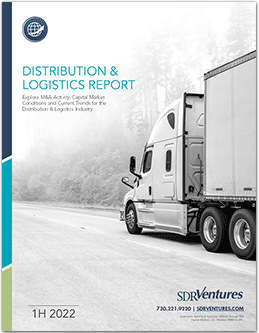
As 2021 began, we watched domestic shipping issues with interest as trucking companies scrambled to find drivers and rail played an increasingly important role in moving goods efficiently. Workers, exiled to home offices by the COVID-19 pandemic, found time to order virtually everything online and were frustrated by shipping backlogs.
In the second half of 2021, the global, ocean-going shipping industry stole the spotlight as the world began to see the effect of consumer demand from the housebound hoards and built-up demand and retailers struggled to restock shelves and warehouses. The twin ports of Los Angeles and Long Beach – the U.S. economy’s most essential shipping connection, accounting for some 40% of the country’s imports – were overwhelmed. By year’s end, ships were backed up two to three weeks waiting to unload. And it wasn’t just California’s ports. Even the world’s biggest port, China’s Shanghai, has been swamped in a rush to export goods worldwide while tangled up in China’s strict COVID-19 regulations and protocols. Total trans-Pacific shipping time nearly doubled including loading and unloading delays…
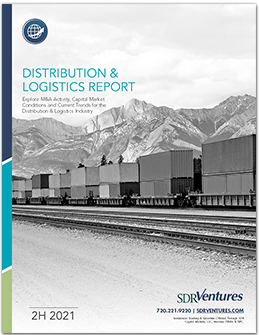
Like every industry, Distribution & Logistics encountered plenty of surprises from COVID-19. But one segment may emerge as a winner: rail. With a one-two punch of truckers concerned about the pandemic and leaving the field, along with supply chain disruptions for parts and trucks, the long-haul trucking industry was left scrambling for both trucks and drivers. Meanwhile, consumers stuck at home went on an online shopping spree, ordering stuff shipped to their homes when they couldn’t get to the big box stores. Online orders were up 32% in 2020 – by one estimate reaching $791 billion – accelerating in 1Q21 up 39% over the same period in 2020.
As some truck drivers balked at COVID safety protocols and older truckers took the cue to retire, trucking companies began offering bonuses in a scramble to hire or retain drivers. Walmart has offered an $8,000 bonus. Other companies have offered more. The American Trucking Associations during the pandemic estimates a nationwide 50,000 driver shortage.
With a trucking industry battered by driver shortages, booming demand, and supply chain issues, consumers complained of late deliveries, gas pumps went dry, farmers railed against high shipping costs, and retailers bemoaned inventory delays. And with about half of all air cargo traditionally carried in the belly of commercial flights – which were cut dramatically in 2020 – air cargo volume dove as much as 28%…

As in most sectors across the globe, COVID-19 challenged long-held assumptions and assertions throughout the distribution and logistics space. Global devotion to “Just In Time” delivery was shaken as supply chains dried up, borders closed, warehouses emptied, hospitals scrambled to find ventilators and, gasp, the toilet paper disappeared.
The great toilet paper famine of 2020 made for humorous late night television commentary. But shortages of other items had deadly consequences. The lack of adequate PPE (personal protective gear) and medical supplies for hospitals – respirators, gloves, face shields, gowns – was serious. In Italy, healthcare workers without PPE suffered infections and death even during the earliest stages.
The disruption caused by COVID, and perhaps also a trade war, didn’t just cost lives; it cost money. Automakers around the world struggled for supplies. Entire automotive model lines were delayed. Dealers in Chicago reported running out of cars to sell as 2020 ended.
Maybe blame all this on Toyota. Toyota pioneered a Just In Time supply chain over five decades ago. The company arranged to keep the bare minimum of components in storage – and for delivery only as completed vehicles left the factories. As the system took hold in the 1970s, it proved efficient, with less time spent storing things. It worked great, until it didn’t. The weakness as we’ve now seen, is when even one part of the supply chain suffers a glitch. The year 2020 definitely falls under the heading of “glitch.”…
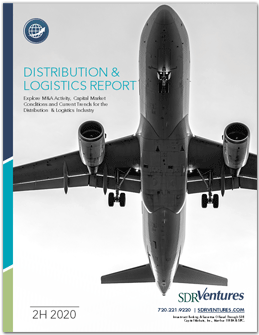
For decades we’ve witnessed the changes and challenges facing distribution networks and the logistics of navigating a global economy. From a factory in China to a doorstep in Denver, the evolution of supply chain management has been startling. But as it turns out, 1H 2020 is showing us we’re just getting started.
In the first half of 2020, we witnessed what happens when supply and distribution chains are strained by the unexpected. We see a significant demand for companies that can assemble and manage the complex resources needed to operate flexible supply chains efficiently and without disruption while meeting both producer and consumer demands. In supply chain technology, there’s a growing demand for more service, more value, and faster and cheaper shipping that address Transportation Management Solutions (TMS), Warehouse Management Solutions (WMS), and Order Management Solutions (OMS).
As consumers were getting used to a “buy it now, get it now” environment, 2020’s global COVID pandemic sent shock waves through distribution networks. The pandemic shined a spotlight on the importance of the global supply and distribution environment more than any single event in recent decades. We’ve been through port strikes and work stoppages, terror attacks, economic downturns, and natural disasters. But nothing compares to this year’s global lockdown in terms of scope and unintended and unexpected cross-sector spillover…
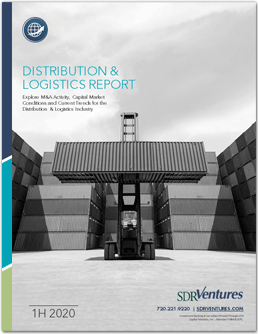
Perhaps as much as any sector, the food distribution industry is experiencing a seismic shift as the entrenched distribution path from farm to retail is challenged by technology, consumer tastes, and today’s need-it-now sentiment. While still delivering perishable items, distributors are being pushed to find ways to expand beyond rail car delivery and large-scale wholesale distribution to reach all the way to the ultimate destination: the consumer.
THE SUPPLY CHAIN SPROUTS NEW LINKS
Traditionally, food distribution ran down a one-way stream. From the farms and ranches of agribusiness, food flowed to processors and manufacturers who converted raw materials into consumer packaged goods (CPG). From there, transport companies delivered individual goods to a food distribution warehouse where they were carved into smaller shipments destined for retail outlets including supermarkets, convenience stores, and restaurants for sale to the consumer. But consumer behavior is changing. Customers want more – more variety, more specialty foods, and more delivery options. Everything from the rapid growth of farmer’s markets to technology is challenging the food distribution model. Consumers have come to expect they can make an online grocery order at Whole Foods and have it delivered in two hours or order a box of perfectly measured raw ingredients for a week’s worth of homemade meals. Even restaurants that typically didn’t deliver now do, thanks to meal-delivery platforms such as GrubHub and DoorDash. Annual digital meal delivery is expected to grow to $467 billion over the next five years, a 31% increase…
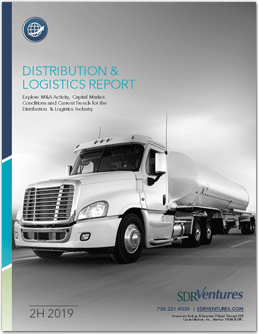
Transcat, a value-add distributor of test and measurement equipment, went public on January 13, 1978. Like many companies, its stock had peaked in the late 1990s on June 30th, 1997 at $9.75 per share before the internet bubble. Transcat’s stock didn’t return to its late 1990s peak until April 20th, 2011 and briefly reached as high as $13.40 in 2012 before retreating between $5.73 – $10.79 from 2013 through 2015. From 2012 – 2014 Transcat completed just one acquisition per year but accelerated its inorganic strategy and completed five deals in 2015 and five more since then, including its most recent acquisition – Gauge Repair Services – in April 2019. While none of these acquisitions were very large, by targeting ancillary test & measurement equipment services companies (calibration, repair, and rental) Transcat has been able to build a compelling suite of services to its core distribution business. As of June 30, 2019 Transcat’s stock was trading at $25.59 and a 12.5x TEV/EBITDA multiple, whereas on Jan 1, 2017 it was only trading at 7.8x. The following page illustrates the historic ebb and flow of Transcat’s stock price along with its recent surge correlating with its increased M&A activity.
SDR believes that Transcat’s continued success is contingent upon finding ways to improve its EBITDA margin (~10%) significantly by unlocking more operating efficiencies within its increased value add service capabilities…
